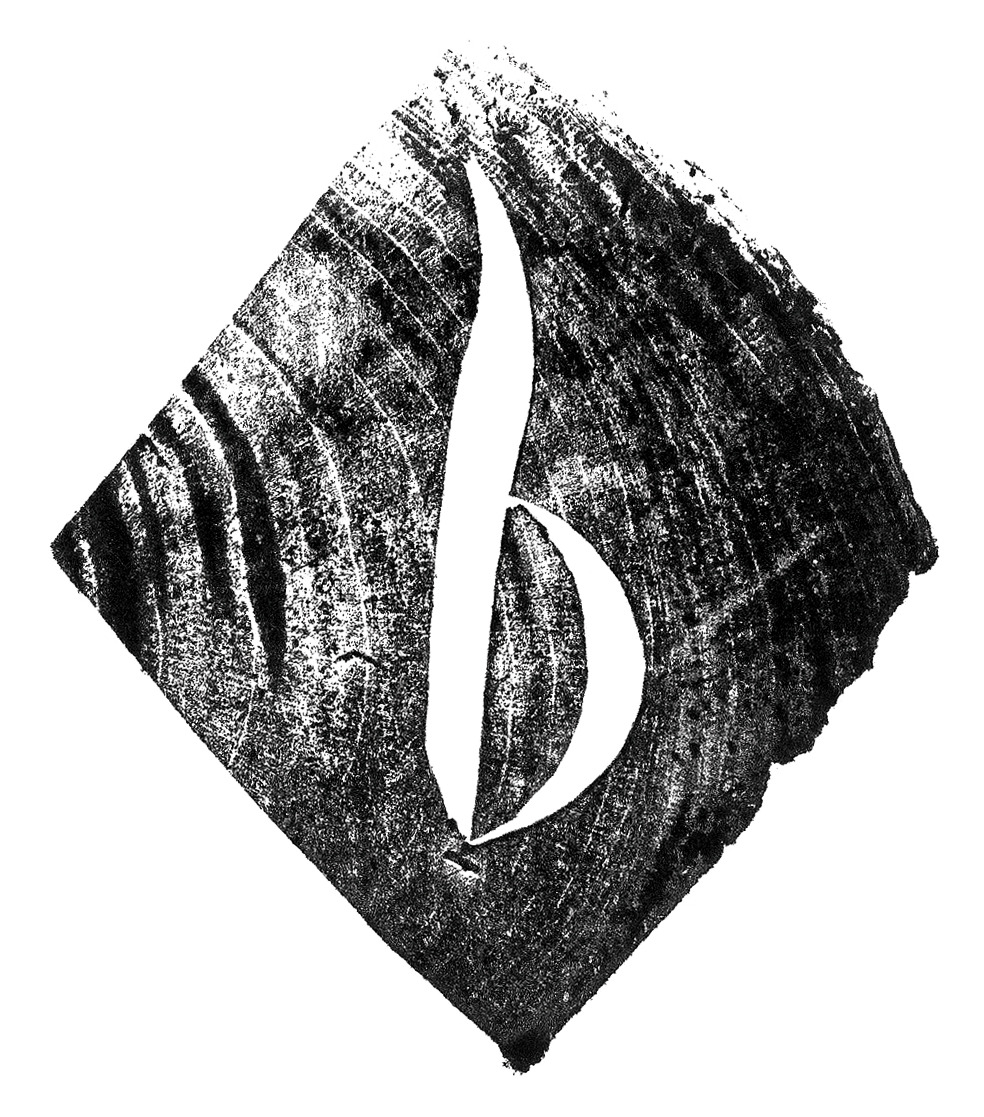Probably The Greatest Eating Spoon Ever Made (in my opinion)
When i was at Living Wood we used to get out of the woods every now and again to use the internet, i would always check Robin Woods blog (his work has been a massive inspiration through my life) and i became transfixed by what he called the Lubeck Spoon, i have been obsessed with these octagonal handled spoons ever since.
Back when i first started making octagonal handled spoons the curved top to the bowl of a spoon was a contentious issue (This may not be memorable for Mike But it confused me for a while), Mike has some lovely swedish style serving spoons and an eating spoon Made by Martin Kimblewhite. They are all made from bent branches and because of this have a curved rim, i.e. if the bowl was full of water it would fall out the sides. For this reason Mike used to say that they should have flat tops which i agree makes more sense for something like a ladle. Except they are more beautiful if they have the curved rim. and i do wonder whether a ladle would pour better, i have made most of my ladles with very slightly curved rims. On a serving spoon the curve can be really pronounced and be very functional as a shovel as you slide the spoon in the food stacks up at the handle end of the bowl then to deposit it you twist your hand and it all drops out the open side. But most importantly for eating spoons it means that your top lip can reach the bottom of the bowl without excessive rim rubbing.
I have started to realise i'm going on a bit and this is getting boring, there is so much more to say about all these little things but i'll add them to further posts and maybe edit this so it doesn't get so boring.
I've seen quite a lot of photos of medieval spoons from internet/Robin Wood/Terence Mcsweeney i've not actually seen any that taper towards the end of the handle so i wonder whether that is something Robin came up with.
The way the rim cuts into the handle is very important to me, i first started doing this after seeing beautiful silver spoons at the Ashmolean where i spent an absolutely glorious 2 weeks of my life last summer, quite literally living the dream. Incidentally i've got a feeling that metal spoons have had a massive influence on wooden spoon design particularly eating spoons. The cut in i use on the rim is used in a huge array of different spoon designs by me and others and is much more sensible than a smooth curve.
I love the octagon, it is enough sides so that the edges don't fur up, if you've made a spoon try washing it with a plastic scourer, if the edges are left square they fur up so they need to have a wire edge taken off them which takes time and is fiddly therefore if in the design you can reduce the number of edges you need to do that to you save time. I also find this handle the most comfortable to hold. the swedish style may look more comfortable and "ergonomic" but in my experience octagonal for eating spoon is best (maybe different for ladles) mainly because it rotates so easily, you may disagree but i don't care and we can all agree that a wooden spoon feels nicer than a metal one.
facets facets facets, well this is what it's all about for me. i'm in the business of making something 3D (spoons) with an edge which is effectively 2D (knife) i move the knife through space and wood and a whole world of stuff goes on, i'm hooked and i can't stop and i'm not bothered. apart from function and other aesthetics i am aiming to reduce the information in the spoon, simple and few lines created with flat planes, if i was a painter i would aim for bold brush strokes not photo realism, more on this madness another time.
It could be argued that the best eating spoons are made from bent branches, the wood can feel smoother on your lips and can be thinner which can also feel nicer in your mouth. As you can see all the spoons here are made from straight bits of wood. The spoon above that has been cut in half has a reasonable thickness to it because of the short grain i do this for strength.
i tend to chamfer the end of the handle and this can be done several ways, i sometimes think it's a bit fussy but at the moment the facets created alternate triangle- square- triangle-square and so on around the end of the handle.



